Vivo might be one of the largest smartphone brands you’ve never heard of. That may soon change, however, with the company’s ongoing push into new international markets beyond its native China.
At this early stage in its global expansion, many of the company’s phones are still only launching in Asia, though a growing number are getting European launches too, including its latest X90 Pro flagship.
There’s also the company’s iQoo sub-brand to consider, which offers remixed takes on its parent brand’s devices that strike an even more competitive price/performance balance, with a slight gaming focus.
A quick note on software: Vivo has two operating systems in use at the moment. Origin OS is the more recent, but is currently only available on Chinese models like the X Fold 2, below.
Funtouch OS is found on the global launches, while the European versions of phones run a stripped back version of Funtouch with fewer pre-installed apps that’s closer to a stock Android experience – and much better for it.
Best Vivo phone reviews 2023
1. Vivo X90 Pro – Best Overall
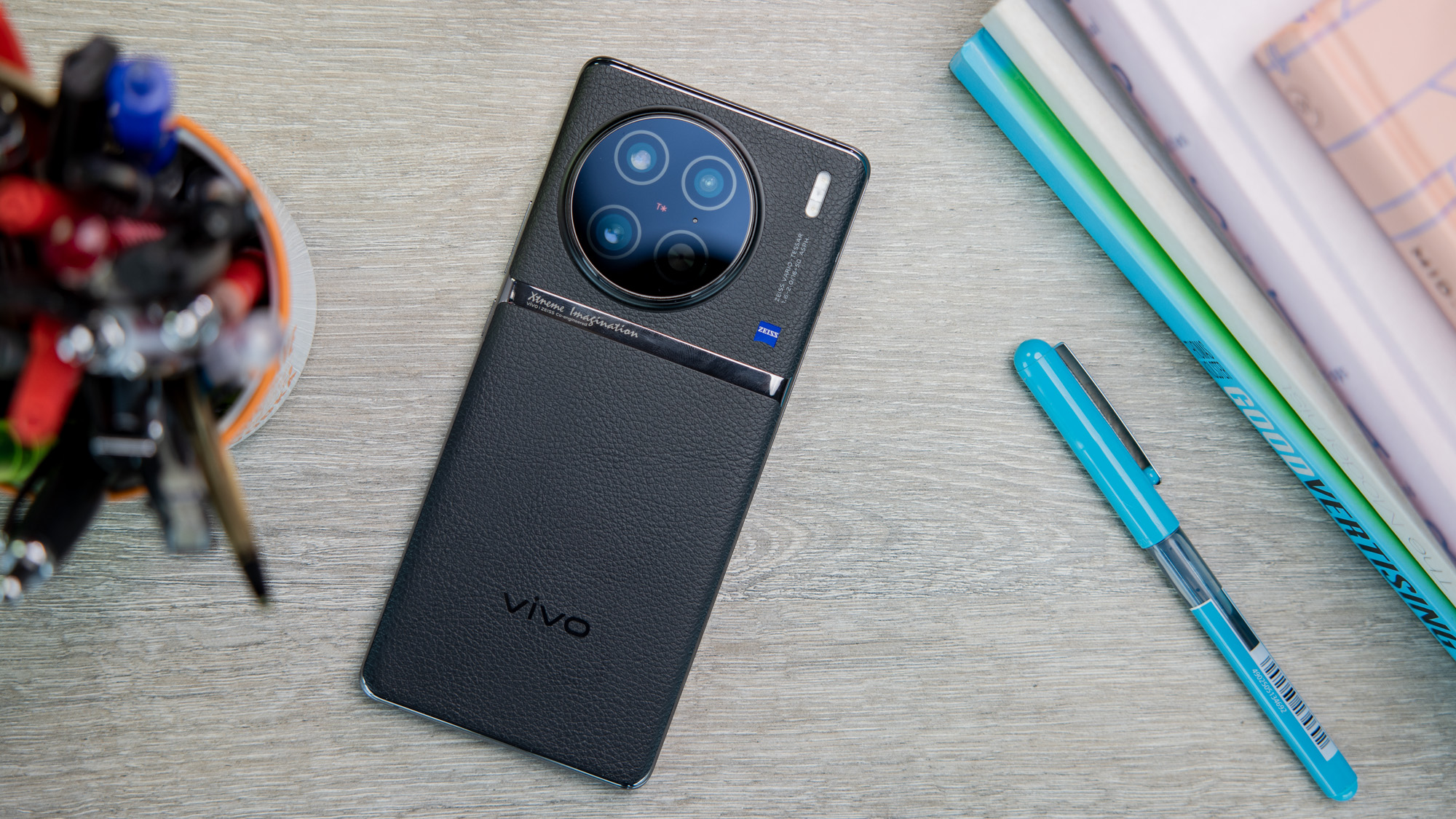
Pros
- Best main camera in any phone
- Fantastic fast charging
- Great display
Cons
- No periscopic zoom lens
- Shaky software
- Unreliable reverse wireless charging
The Pro is the only model in the X90 series getting a full global release (though the regular X90 has arrived in India and a few other markets), leaving the souped up Pro+ for China only.
The X90 Pro is no slouch though. Its Dimensity 9200 chipset is a powerful piece of flagship silicon, and it packs a beautiful FHD+ AMOLED display and excellent battery and charging tech.
The camera is the real star: the main camera, powered by a 1in sensor, is arguably the best in any phone on the market in 2023. It’s joined by an ultrawide and a portrait lens, but bear in mind that there’s no long-range periscopic zoom – for that you’ll need the Chinese X90 Pro+, or last year’s more widely available X80 Pro.
2. Vivo X Fold 2 – Best foldable
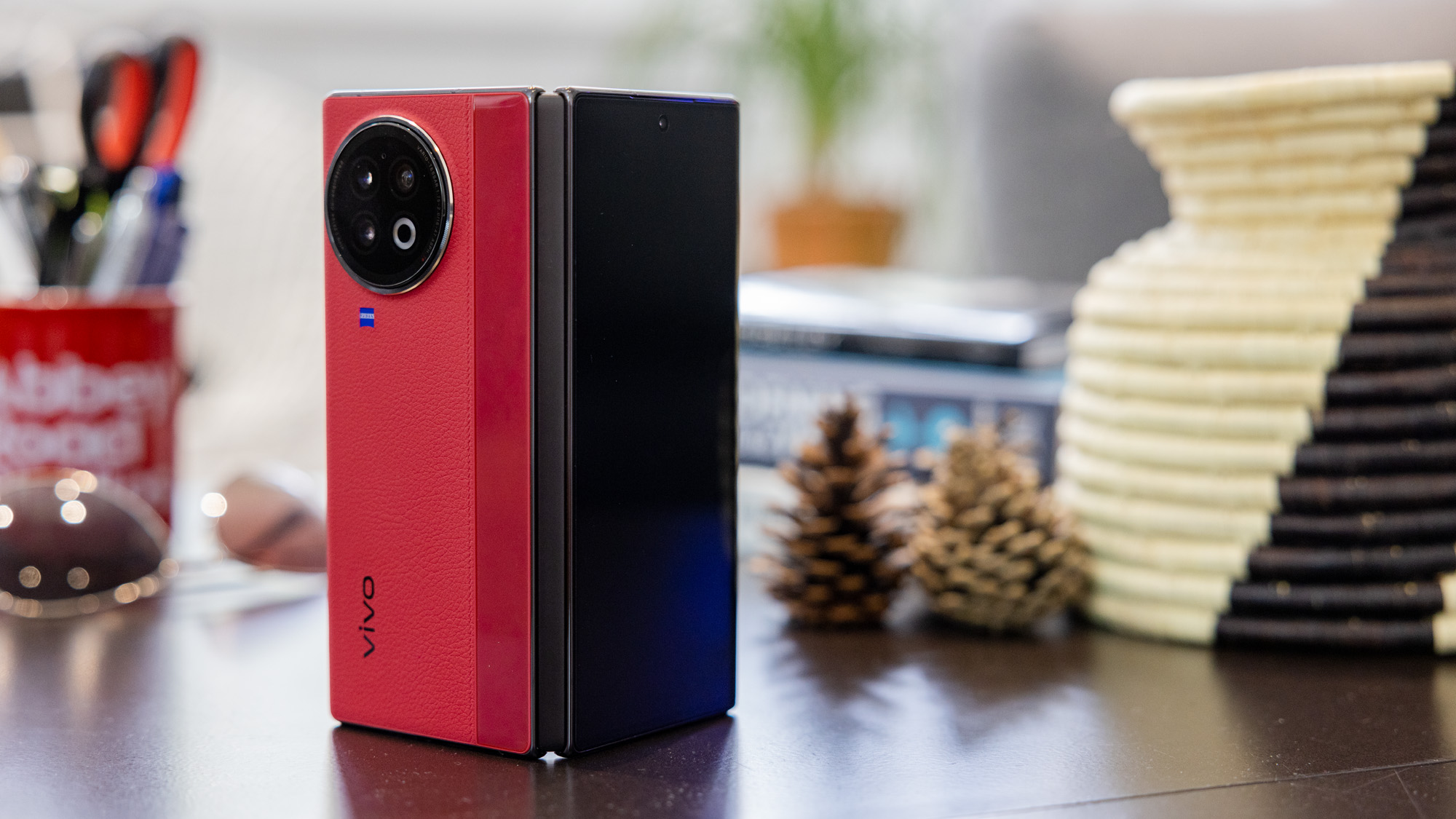
Pros
- Premium vegan leather design
- Under-display fingerprint sensors
- Brilliant main camera
- Excellent fast charging
Cons
- Thick and heavy
- No periscope
- China-only
The X Fold 2 is an excellent foldable flagship phone, though sadly it’s not launching outside of China.
Specs are top-notch, from the Snapdragon 8 Gen 2 chipset to the capable triple rear camera and dual 120Hz AMOLED displays.
Uniquely among foldables, Vivo has also equipped both screens with under-display fingerprint scanners – a welcome convenience that’s completely absent on competing devices.
Using Chinese software can be a bit of a pain – especially since Google apps don’t come pre-installed – and this is also a fairly bulky phone, even by foldable standards. But if you can live with those downsides, there’s an awful lot that Vivo gets right here.
3. Vivo X80 Pro – Best Zoom Camera
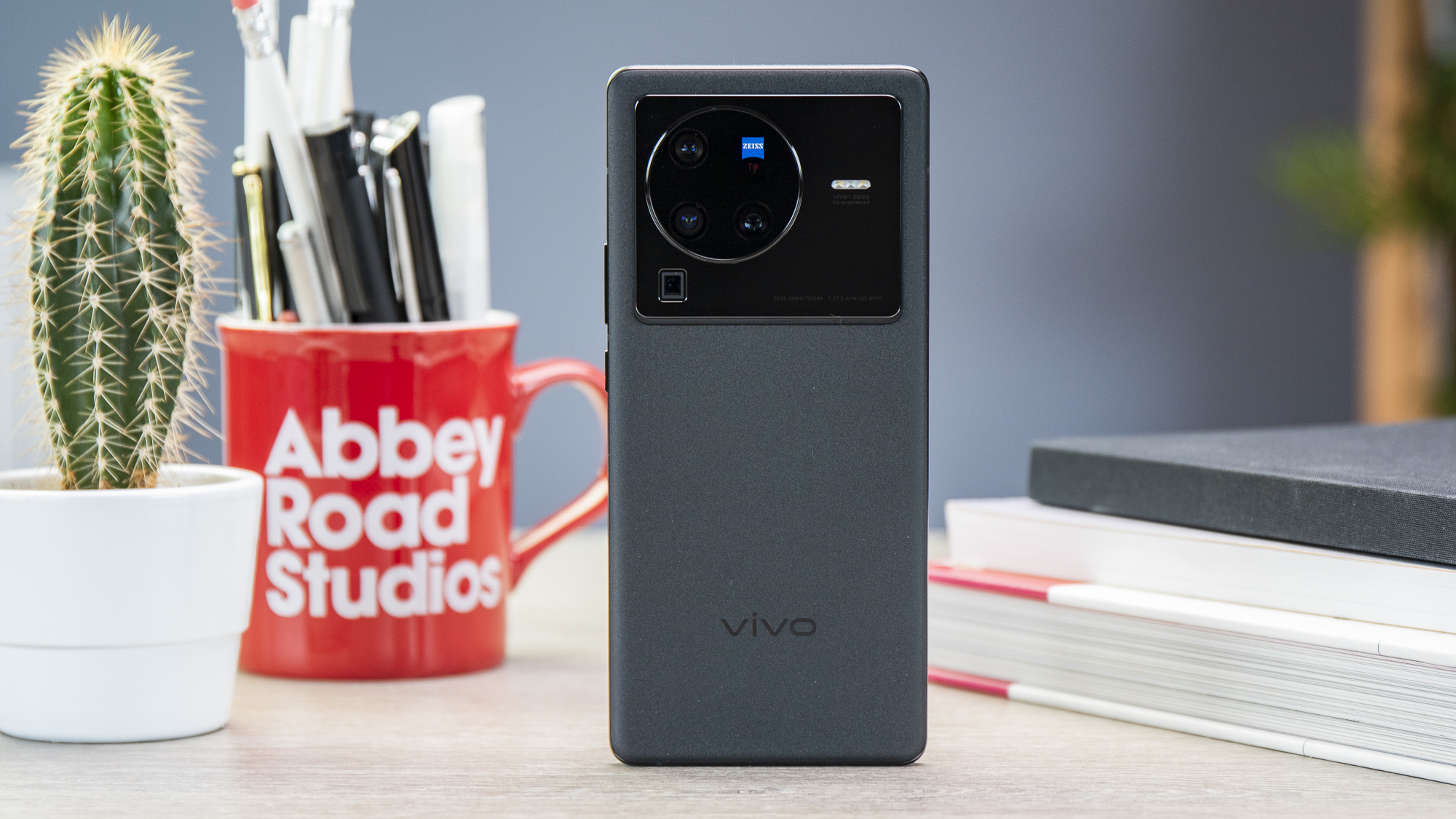
Pros
- One of the best cameras around
- Fast wired & wireless charging
- IP68-water resistance
- Great battery life
Cons
- Awkward-looking camera design
- Funtouch OS
The X80 Pro was Vivo’s top 2022 flagship, and benefits from a wide release that includes much of Asia and Europe, including the UK.
What’s curious is that this is very similar to the older X70 Pro+, below, but is available in more countries and for a little less.
The big upgrades are to the latest Snapdragon 8 Gen 1 chipset, and a larger battery with faster charging, and those alone make this a worthy upgrade.
The camera hasn’t been tweaked much, but has minor upgrades to the main image sensor and image processor – enough to make this Vivo’s best camera at the time, and in turn our favourite smartphone camera of 2022. It also packs a long-range periscopic zoom lens, lacking on the more recent X90 Pro.
4. Vivo X70 Pro+ – Best Ultrawide Camera

Pros
- Jaw-dropping quad camera
- IP68 rating
- Wireless charging
Cons
- Odd design
- Funtouch OS
- Limited international availability
As mentioned above, the X70 Pro+ is incredibly similar to the above X80 Pro, but with an older chip and worse battery and charging. It’s still an exceptional flagship however, and well worth buying if you can find it discounted.
Specs are still top across the board: Snapdragon 888+ chip, up to 12GB RAM and 512GB storage, a 120Hz WQHD+ AMOLED display, and 55W fast charging.
Really it’s all about the camera though, which is inarguably still one of the best in any phone right now. The four rear lenses are all fantastic (and all have OIS to boot), but the standout is the ultrawide, which thanks to gimbal stabilisation remain superior to that in the more recent models.
5. Vivo X70 Pro – Best Design

Pros
- Great camera
- Slim & lightweight
Cons
- Average chipset
- Funtouch OS
- No wireless charging
The X70 Pro is an only slightly stripped back alternative to the Pro+, but still plenty powerful (and also unavailable outside Asia).
You won’t get the wireless charging or IP rating, and the display is smaller and lower in resolution. It’s also capped at the Dimensity 1200 chipset, though it is a custom version for Vivo.
What you’ll still get is a fantastic quad rear camera, with most of the same specs as the Pro+ model. You also get an improved design, with a slimmer body, lighter weight, and no odd reflective ceramic window next to the camera.
6. Vivo iQoo 9T
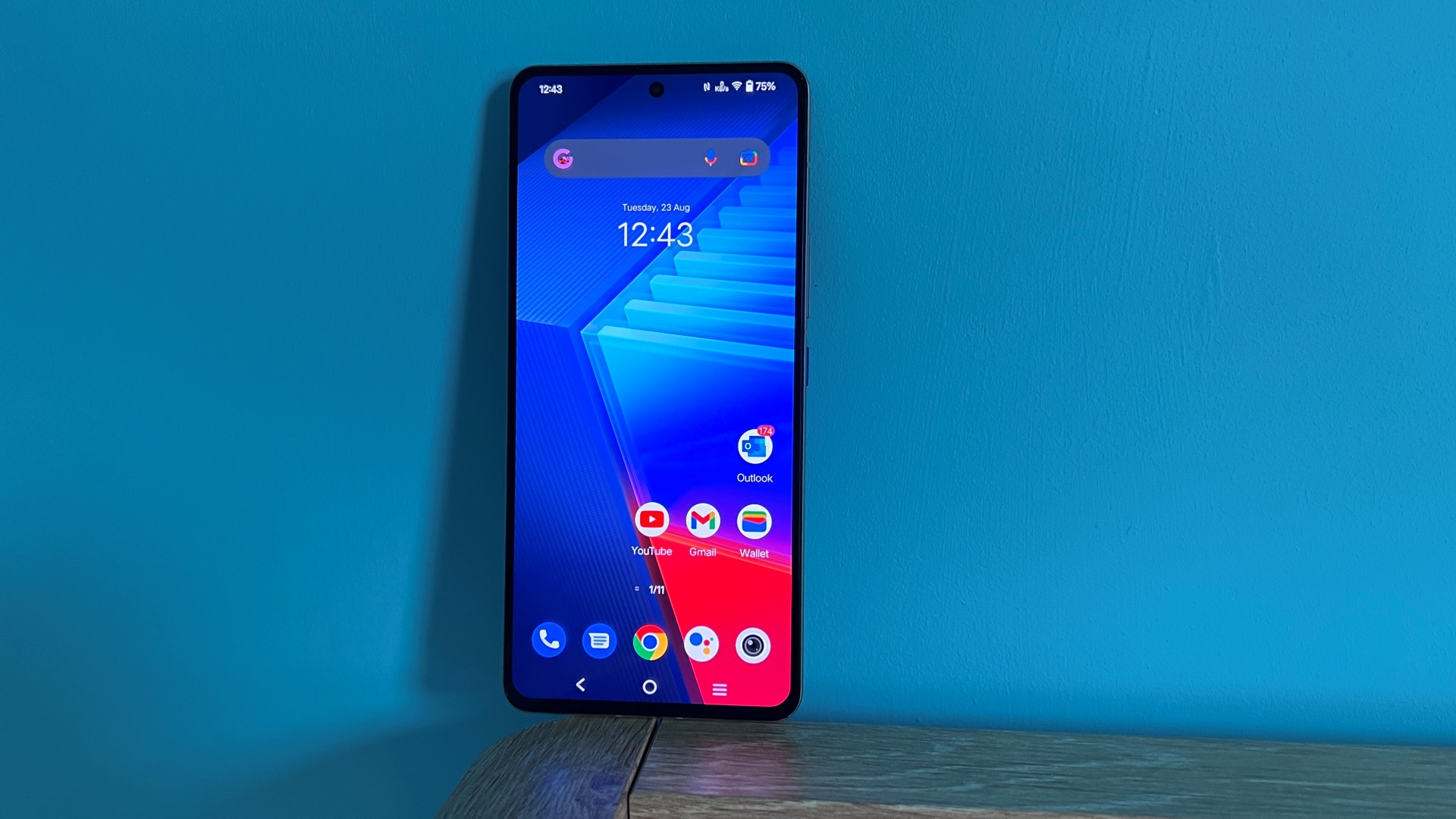
Pros
- Very fast 120W charging
- Dependable cameras
- Top-spec Snapdragon 8+ Gen 1
Cons
- Poor thermal management
- Some frustrating software
The gaming phone market is increasingly competitive, so it takes a real cracker of a device to stand out and turn heads.
By nearly every metric that really matters, the iQoo 9T delivers, with a dependable set of cameras, strong battery life, an excellent screen, and more than enough power for even the most demanding gamers thanks to the Snapdragon 8+ Gen 1. It even packs astonishingly fast 120W charging.
It’s in small ways that the device lets itself down, with poor thermal management, weak haptics, and lots of pre-installed bloatware among other software frustrations.
As such, for most people, this will be a smartphone that will meet their needs and maybe even exceed them in most ways, and for a price that won’t leave a huge hole in your pocket. Though it doesn’t quite have the ‘x factor’ to make it a true knock-out superstar, the iQoo 9T is a well-considered, accomplished smartphone that does enough to earn a recommendation.
7. Vivo T1 5G

Pros
- Nice design
- Superb performance
- Great battery life
Cons
- Cheap build quality
- Pointless macro camera
- Disappointing display
The Vivo T1 5G is an impressive budget offering from Vivo that’s available in India and China – though sadly hasn’t reached Europe.
With a Snapdragon 695 5G chipset this is an impressively smooth phone, and performance is one of its clear strengths, along with phenomenal battery life. It also looks the part, though with lots of plastic and no water-proofing, there are limits here.
The main camera is strong, despite lacklustre secondary shooters. Perhaps the main disappointment is the LCD display, which supports a smooth 120Hz refresh rate but has slightly washed out colours.
Still, for those who value performance and battery life, this isn’t just Vivo’s best budget phone, but one of the best full stop.
8. Vivo V25 Pro
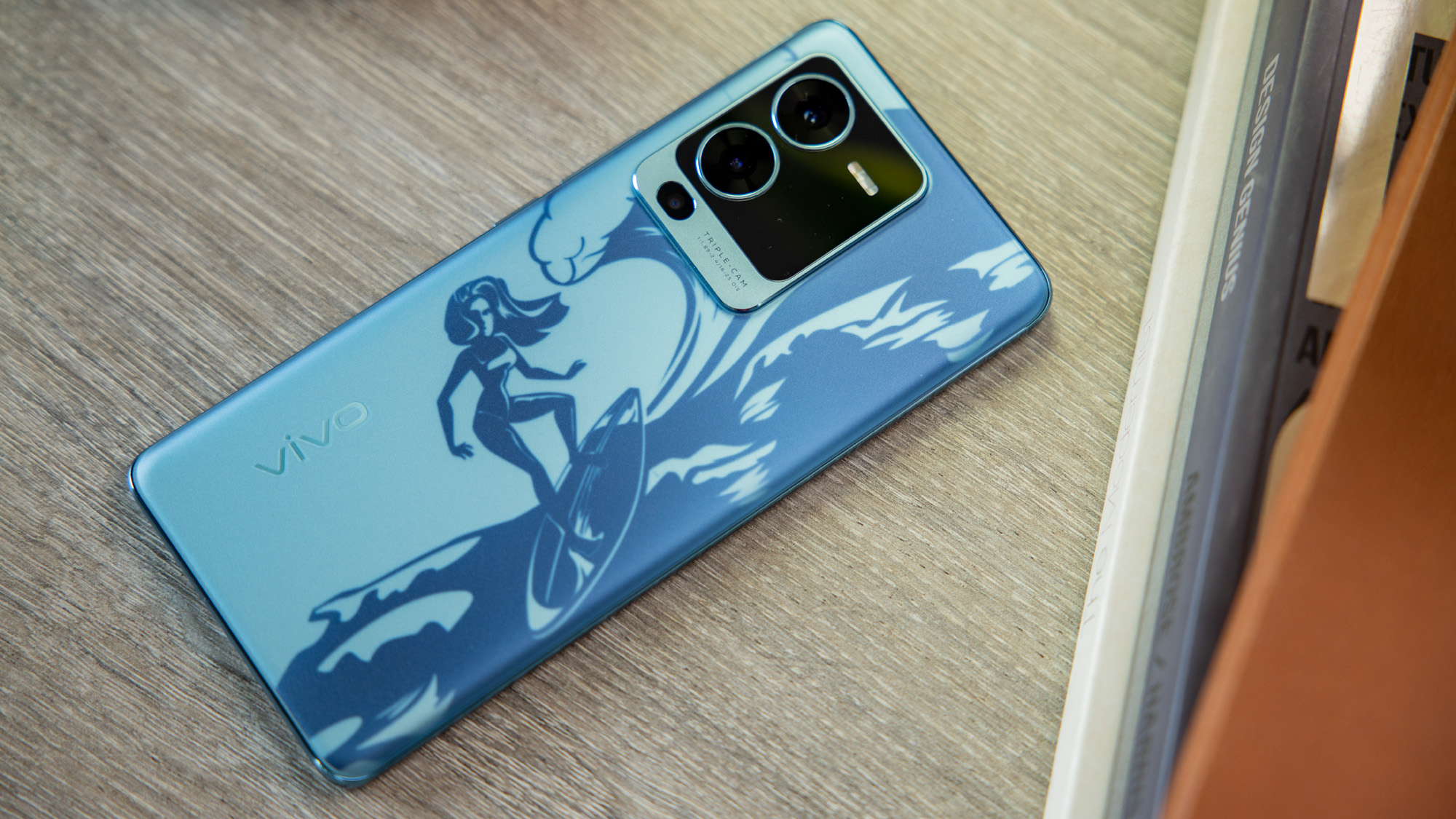
Pros
- Colour-changing glass design
- Impressive performance
- All-day battery life
Cons
- No water/dust resistance or reinforced glass
- No software commitment update
The Vivo V25 Pro is a solid mid-range smartphone that, on the surface, can easily compete with popular mid-rangers like the Nothing Phone (1) and OnePlus Nord 2T, boasting a 120Hz AMOLED display, a Dimensity 1300 chipset, a fairly decent 64Mp rear snapper and all-day battery life.
It also boasts an unusual UV-reactive design. Shine light on the phone and the glass temporarily changes colour – allowing you to create neat temporary designs using stencils, like the one in our shot above.
The downsides are that there isn’t any official resistance against dust or water, nor is there any mention of any toughened glass on the front or rear. Since the phone is only out in Asia, you’ll also have to put up with a version of FunTouch OS packed with bloatware, and without any firm software update commitment.
So yes, the Vivo V25 Pro is certainly a looker, and there’s a lot to like about the hardware, but it’s not quite the perfect mid-range smartphone.
9. Vivo iQoo 9 Pro Legend

Pros
- Fast performance
- 120Hz display
- Ultra-fast charging
Cons
- Funtouch OS
- Poor selfie camera
- No IP rating
The iQoo 9 Pro Legend is near the top of Vivo’s gaming range, though it doesn’t look like most other gaming phones with its BMW-inspired racing stripe.
The 9 Pro Legend offers a Snapdragon 8 Gen 1 with up to 12GB of RAM, backed up by a 4700mAh battery with incredible 120W wired charging, and 50W wireless.
The cameras aren’t Vivo’s best, but they’re not bad – the 50Mp main camera is a winner, and Vivo’s excellent Night mode software shines here thanks to the gimbal stabilisation included too.
For the price, this has a lot of power – though note that this is one of Vivo’s phones that hasn’t had a global launch, but you can buy it from China or India.
10. Vivo V25
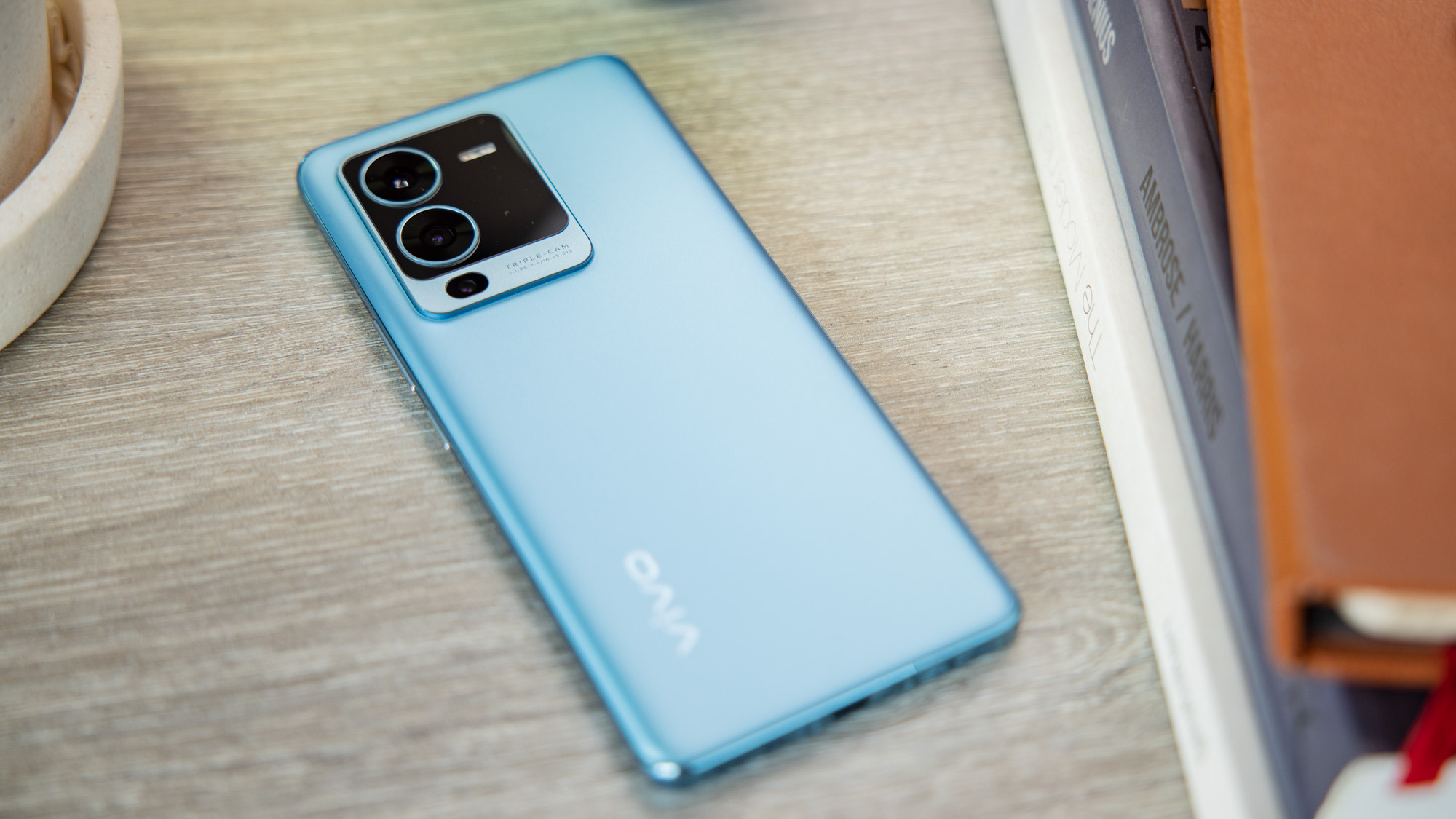
Pros
- Smart colour-changing design
- Some decent cameras
- Solid battery life and charging
Cons
- Mediocre performance
- Sharp-edged design
- Funtouch OS
The regular V25 is a competent all-rounder with a particularly eye-catching colour-changing design. But as with the Pro model, that’s not quite enough to raise it to the top of an increasingly competitive mid-range market.
You get a MediaTek Dimensity 900 chipset, a 64Mp rear camera and 50Mp selfie camera, and a fairly generous 4500mAh battery with nippy 44W charging.
Still, rivals such as the Pixel 6a, the Nothing Phone (1), and the OnePlus Nord 2T offer more impressive performance and camera systems, along with longer software support as well. Given the lack of firm UK and Europe release plans for the V25, Vivo may itself have concluded that picking a fight with such titans is unwise.


